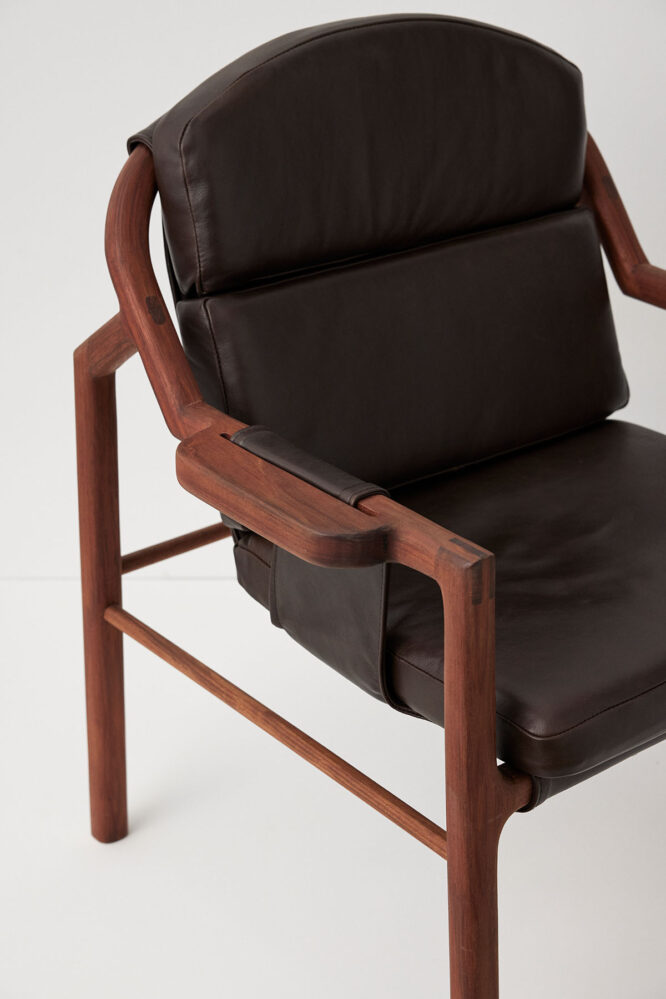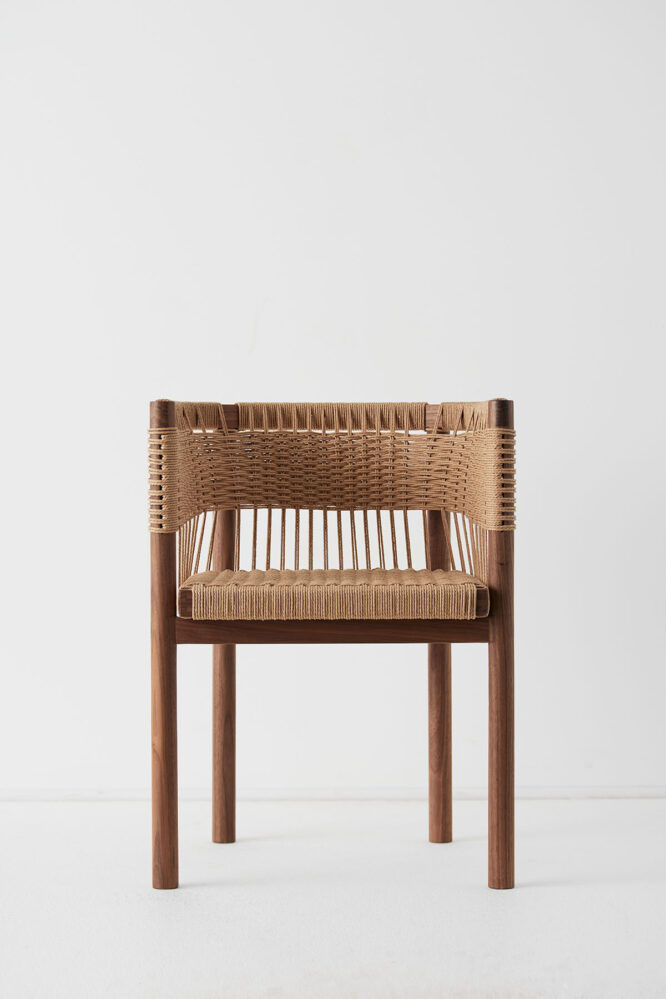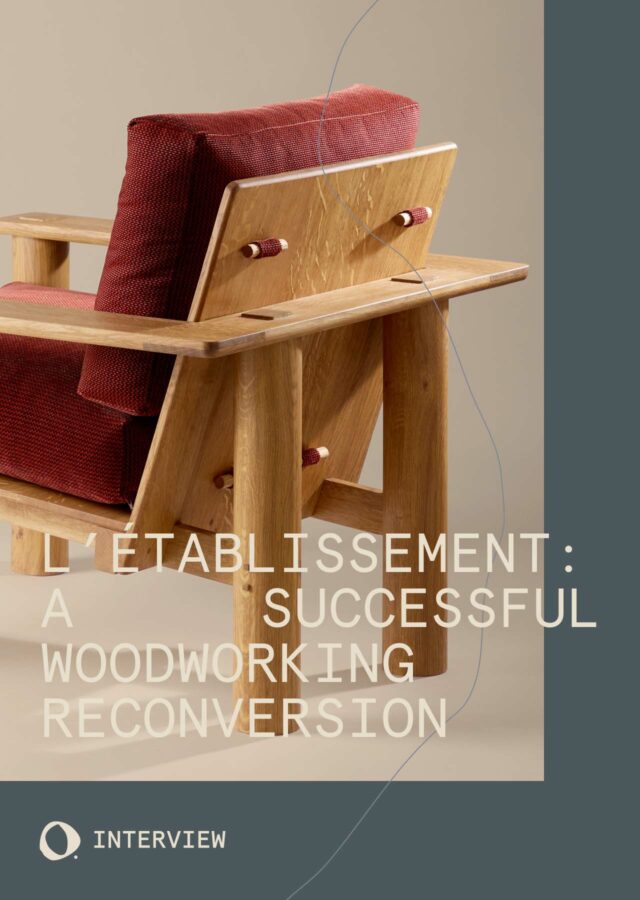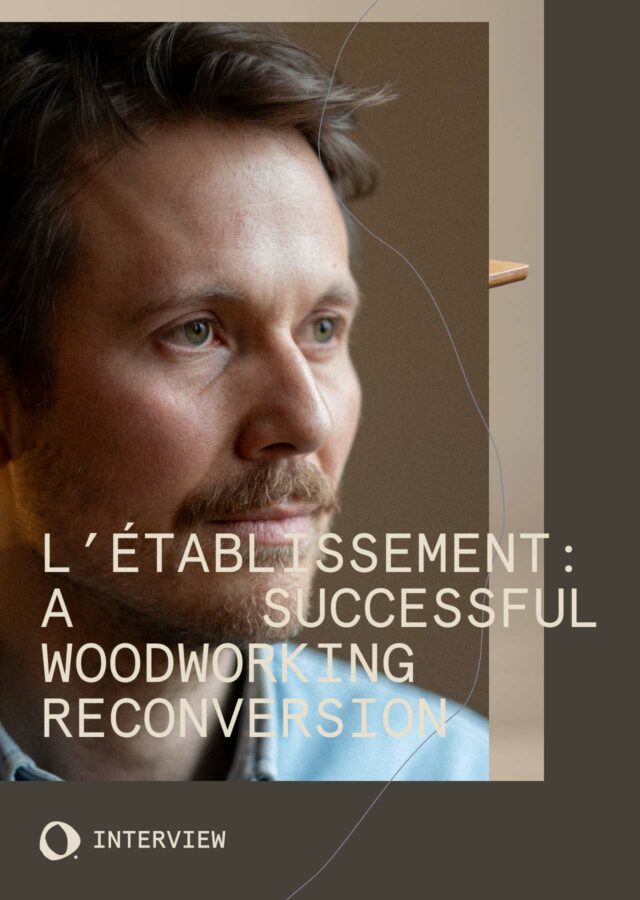JD.Lee Furniture on Mastery, Chairs, and the Rhythm of Craft
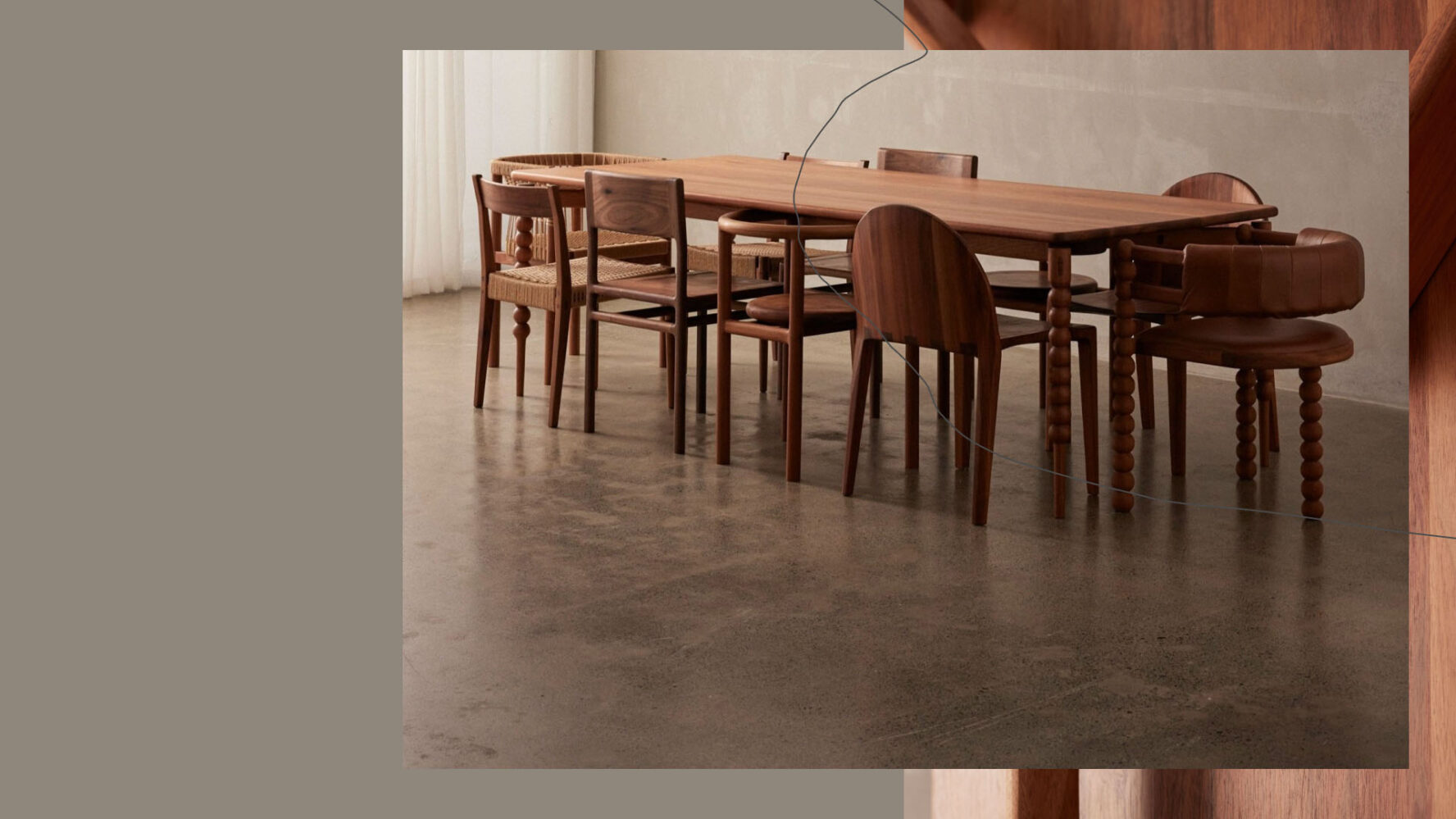
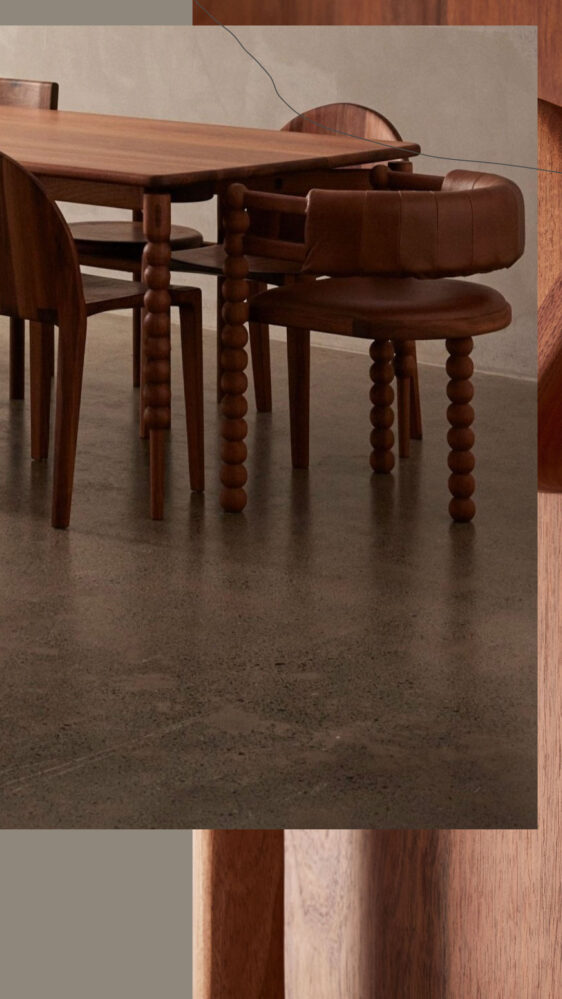
Australian furniture maker JD.Lee shares his approach to designing and building with intention—and why he’s learned to love being a lifelong student of wood
You’re an exceptionally skilled craftsman, with a seemingly effortless way of assembling your pieces—a real treat for any furniture enthusiast. What’s especially striking is that you’re not only a master maker, having clearly put in the 10,000 hours, but also a truly gifted designer. That combination is rare. I’m curious—do you see yourself first as a designer or a maker? And what part of the process still gives you the biggest thrill?
First of all, thank you for your kind words in describing my work and secondly this is a great question and one I ponder myself haha. I think I am somewhere around the 20,000 hours mark now, and to be honest I still feel like there is so much to learn. Woodwork is an endless craft with so many facets and sub-genres, from steam bending to intricate inlays, hand carving to detailed joinery, it would take several lifetimes to master them all. It is this aspect that certainly keeps me engaged and excited by my craft. In the beginning I felt like I was racing to try and gain some sort of mastery, but over the years I have learned to slow down and enjoy being the student.
The other side of my work is the designing aspect, which is an area that I draw great satisfaction from. My journey began as an industrial design student with the desire to become a designer of some sort. Throughout my studies I became deeply enamoured with furniture design, more specifically mid-century and Danish style timber furniture which lead me to pursue an apprenticeship as a furniture maker. 15 years later here I am.
In answering which of these aspects of my work give me the biggest thrill I’m not sure I can draw a line between them. It almost feels like they are both part of a whole process. I really enjoy my designing and ideation process, but this only feels fulfilled once I have been able to delicately craft the idea into something tangible. The ‘making’ is the majority of my work and how the bills are paid, and as my work is very labour intensive I spend very little time designing compared to hours on the shop floor fabricating furniture. For me designing and making go hand in hand and I am not sure I would enjoy one as much without the other.


The aesthetic of your work feels both refined and global—at times echoing influences from Southeast Asia, Northern Europe, or South America. I also know that you go through many prototypes before reaching a final piece. Could you walk us through your design process—from concept to completion?
My design process has evolved over the years, but its foundations are mostly the same as what I learnt at school. Basically, I do a bunch of sketches, refine the ones I like, translate them into CAD, refine again, and if I’m happy with what I have created, I make shop files from the CAD and begin fabricating. Now that I have the years of experience I am generally confident from my CAD drawing to go straight into producing the final product. That said there was a few pieces from my recent collection that needed small (and large) adjustments after the initial design was completed (I am always learning).
I have learnt over the years that my creative energy to design new work ebbs and flows. There are times when I call on this for commission projects when needed but mostly, I only decide to sketch new work for my own collection when I am inspired to do so. I have learnt top trust this intuition and have found that this is where my best work comes from, oppose to trying to force out new works.
The style of my work is simply a reflection of the existing designs that I adore. I only release work that I am truly excited by and want to have in my own home. It has taken me many years to adapt and refine my design voice into something more specific and intentional, and although there is great diversity in my work I think there are a lot of common themes which tie them together in their own creative style.
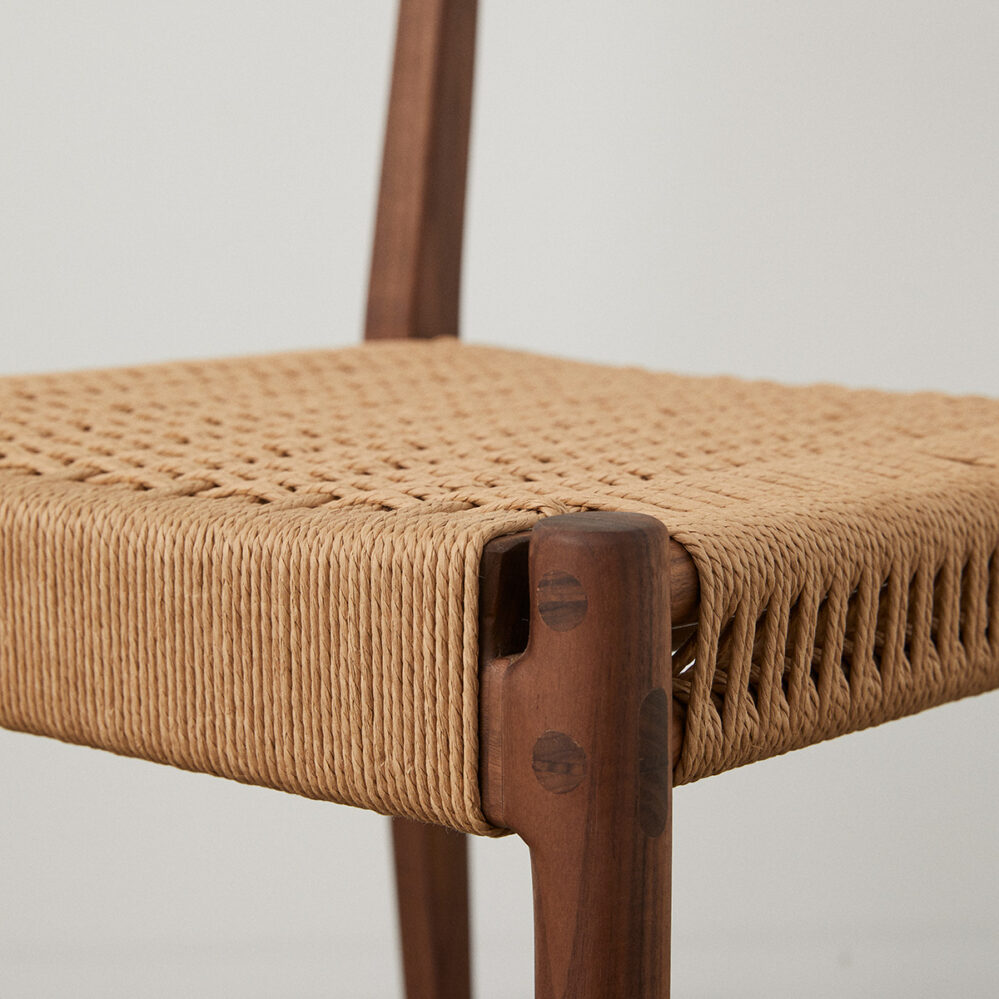
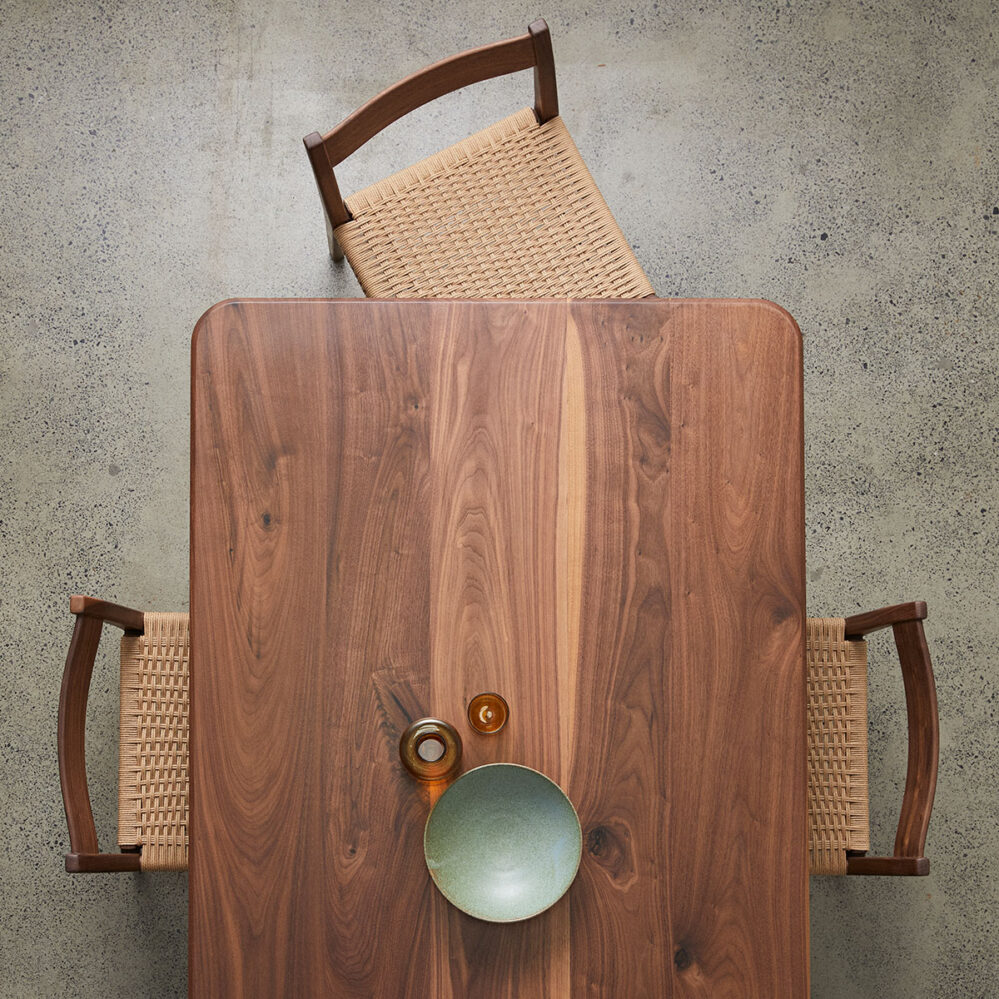
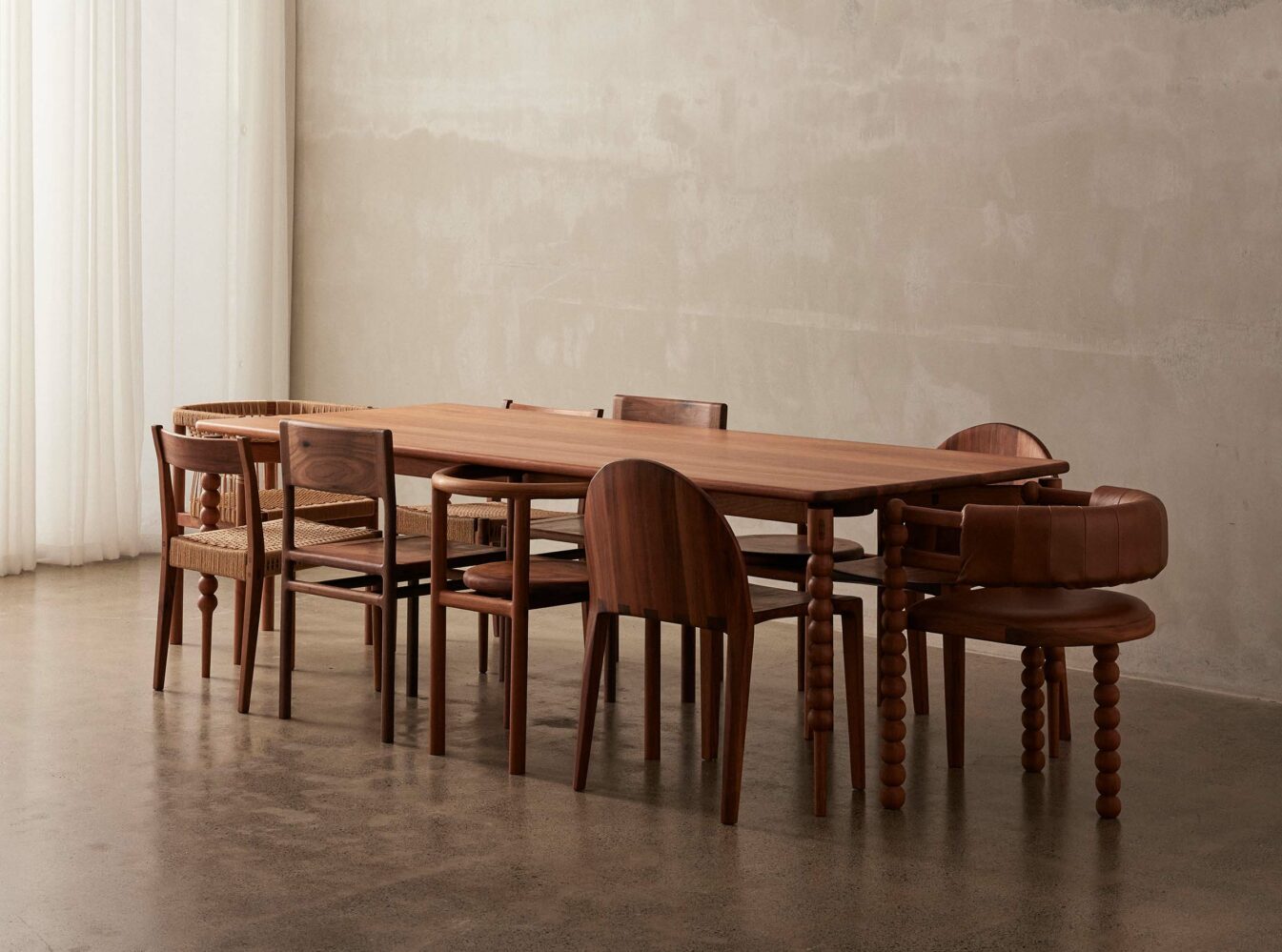
With a background in engineering, you’ve chosen to focus on wood as your main material. Could you share more about that decision—what draws you to wood, how you source it sustainably and locally, and whether you see yourself incorporating other materials in the future?
Wood was my first true love. It was a hand-crafted timber chair which first ignited may passion for furniture design so it was the direction I took initially. I did always think that I would lean more into other materials the more my collection grew but it has been quite the opposite. The more I make the more I realise I still have so much to learn. I am truly a student in my craft and believe now to master any craft takes time. I feel committed to continuing my journey with wood and am not sure I have the time to explore other materials as deeply as I would like to to truly understand and appreciate them. I am keen to start doing more of my own upholstery (I currently outsource this to a very talented local upholsterer), specifically leather work, I am keen to lean into moulding and shaping leather for chairs. But again, there is so much to learn so if I start this journey now you might see it in my work in a couple of years…
I specialise in using Tasmanian Blackwood, American Oak and American Walnut. These are the three species I used as an apprentice and the most common timbers used in high end, designer furniture. Even though some of these timber are imported to Australia they are a more sustainable choice then using some of our local timber as America has a far larger customer base and therefore greater infrastructure and procedures for managing the forestry of their timber. We have this on a smaller scale over here and there are a lot of independent crew creating beautiful hand felled, hand milled timber also which I am excited to lean more into in the future. But we still have a way to go.
Each species is different to work with, reacting in different ways over machinery and with different glues. By focusing on the three species, I am able to have confidence with my process as well as really reduce my waste, as every offcut can generally be used for a smaller project down the track.
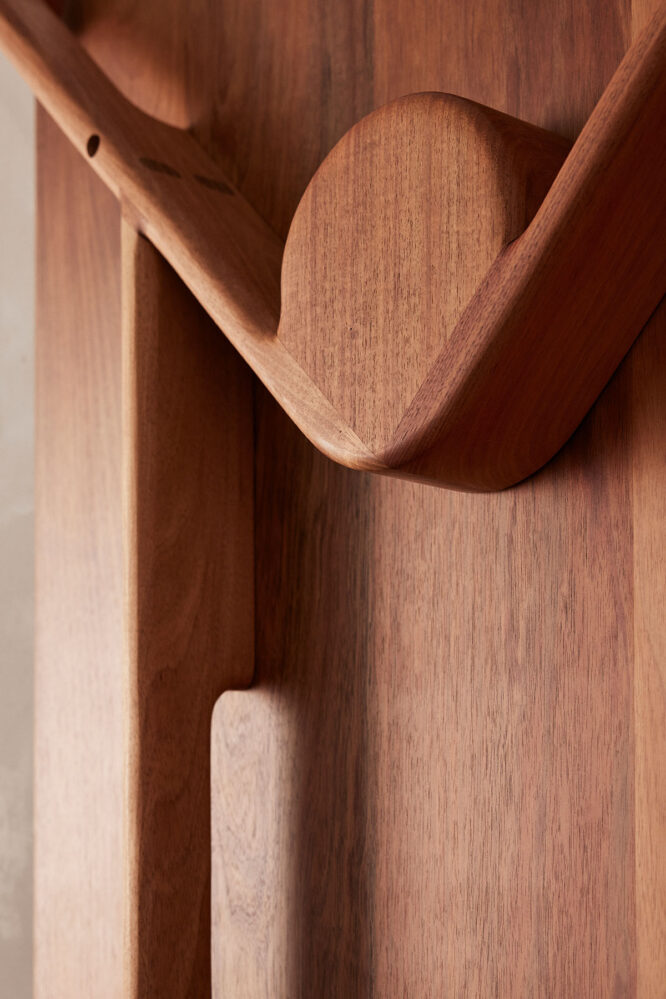
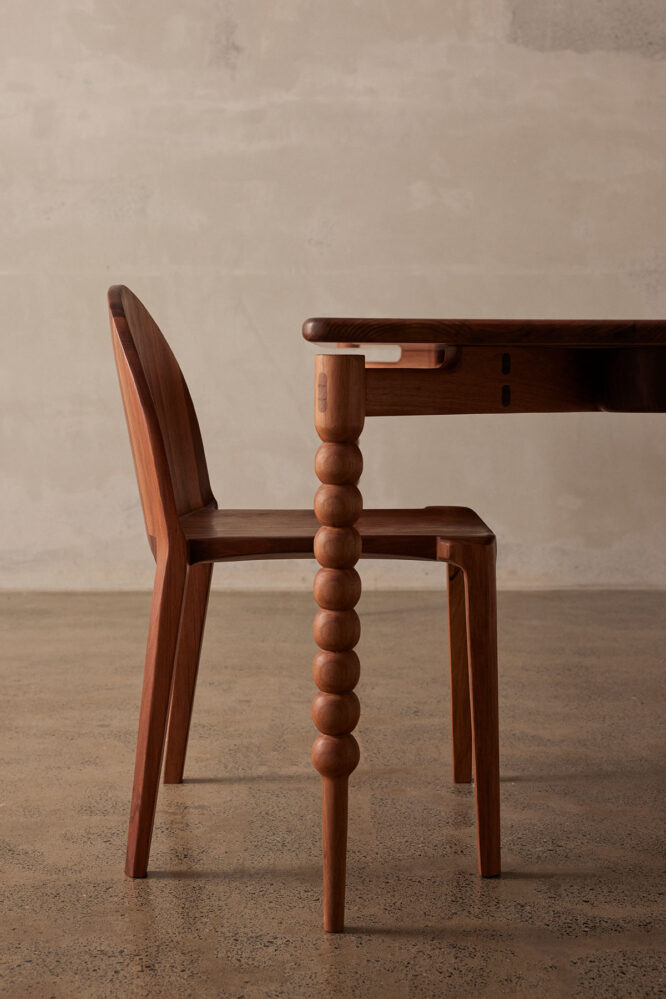
“I just fucking love chairs. They are sexy! I want to touch them, feel them, take them apart and put them back together”
You’ve said that chairmaking is la crème de la crème of furniture design—for its balance of elegant aesthetics, structural engineering, and comfort. Yet handmade chairs are notoriously time-intensive and hard to sell to its proper value. What draws you to this discipline? Have you found an audience that values the investment, or do you pursue chairmaking knowing it’s less lucrative but rewarding in different ways?
Haha yes, I do like a challenge. The fact that chairs are notoriously time-intensive and that they are hard to sell were two of the reasons that drove me to create a collection of 10 different chairs. The other side is that I just fucking love chairs. They are sexy! I want to touch them, feel them, take them apart and put them back together. There is something extremely intimate about chair design that I think really fascinates all woodworkers. The extreme attention to detail in such a small surface area. They are very challenging to make (well) and very challenging to sell – as they need to be sold at a high price point to make a return.
I was inspired to create this collection to challenge myself as a maker and as a designer, but also to help create a benchmark for other makers to lean into this more challenging work and help create more of a market and appreciation for the handcrafted chair. I sell a lot of dinging tables, and I would say this is probably the piece most people are happy to spend money on if they are seeking either a customer woodworker or a designer piece. It is generally the centre of your home the piece you spend the most time around with friends and family. I hoped that by creating a collection of chairs I could go from selling dining tables (with the occasional chair set included) to selling complete dining sets more regularly. This has definitely been the case, but I am also selling a lot of dining chairs alone which has been a surprise as well as a lot of international interest which again is great.
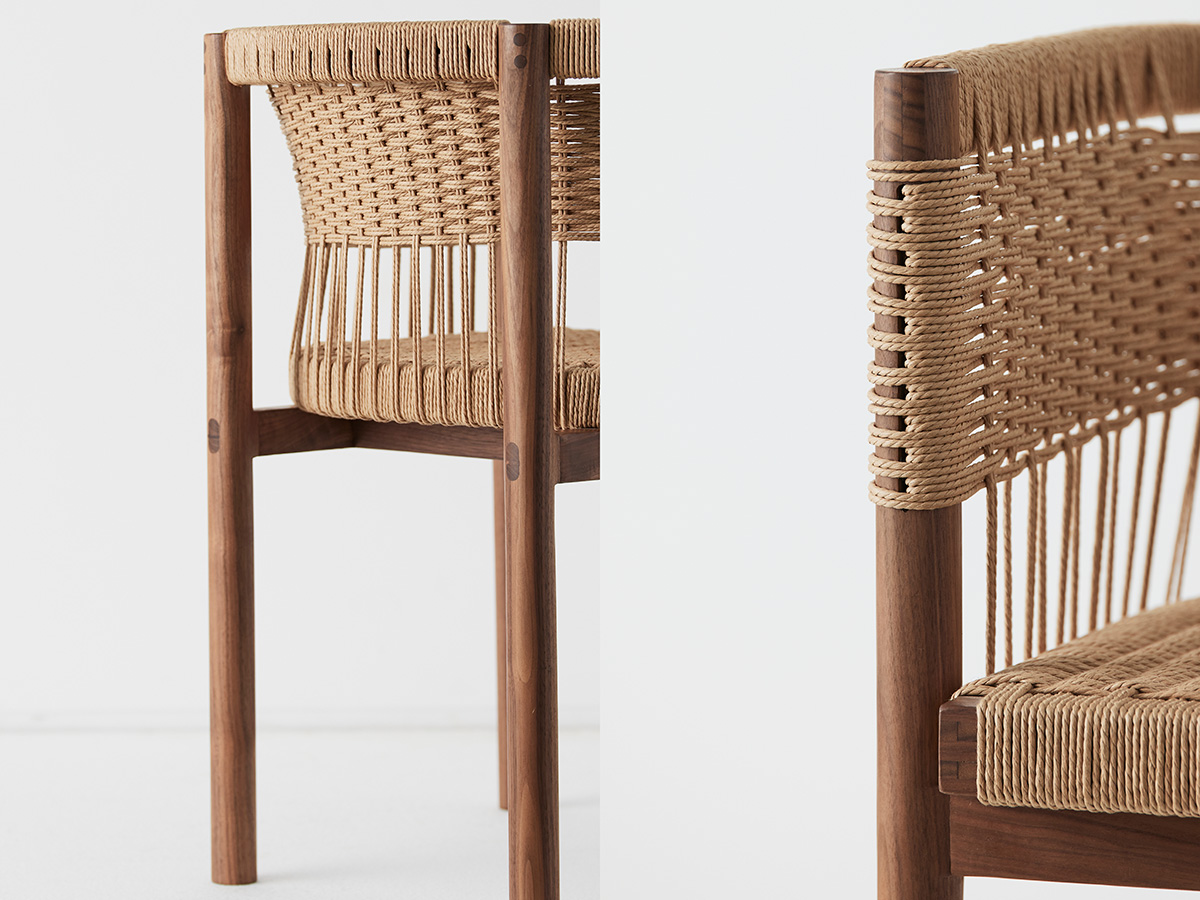
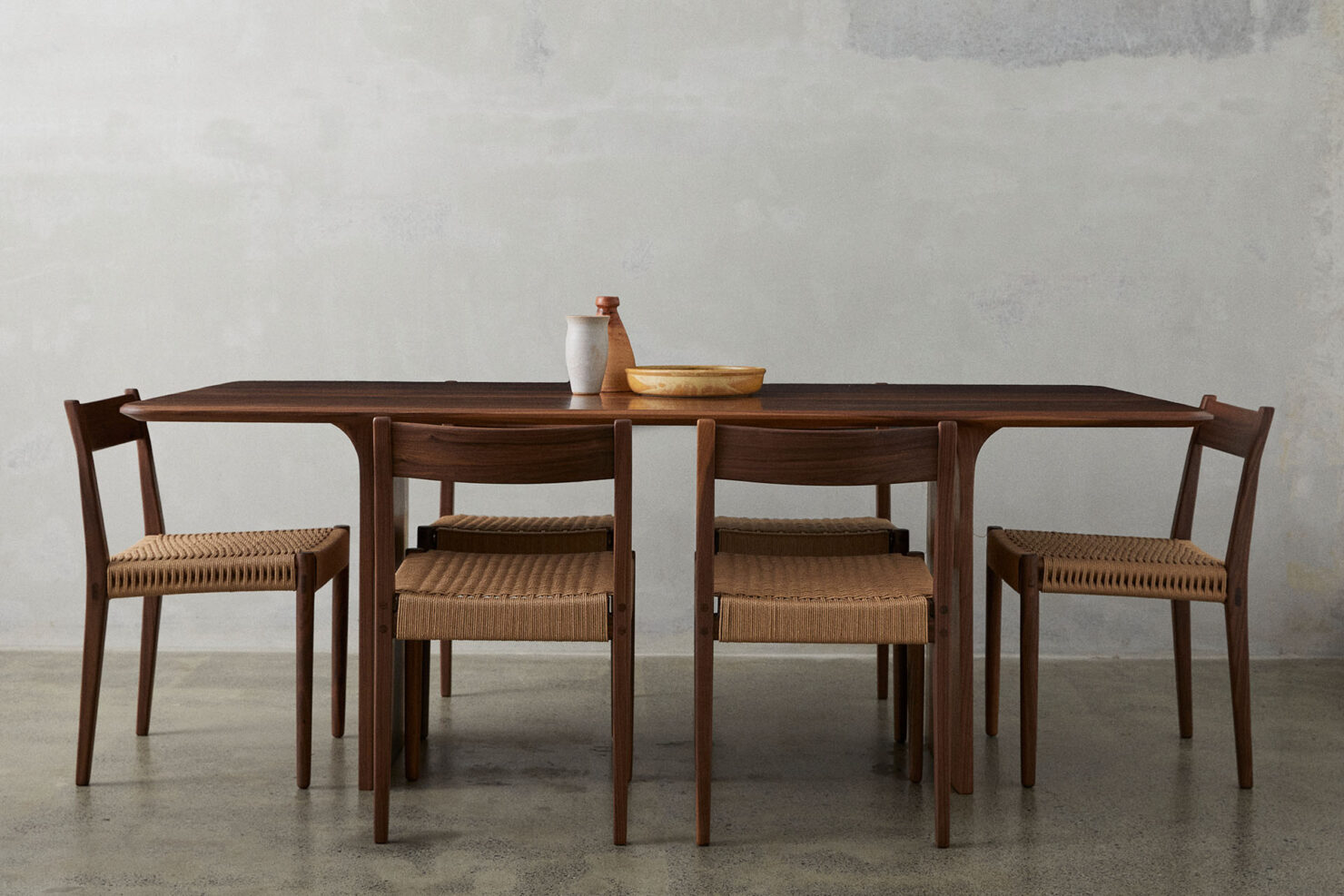
Many designers and makers wrestle with the tension between staying small and growing a business. How have you approached this question of scale? And what’s your vision for growth—if any?
Yeah I think this is a tough question and is really determined by the economic climate of the time, the amount of capital anyone has and the amount of time they are willing to invest into their work. My business has gown organically over the last 10 years. I have had periods where I have employed several staff to manage workflow and then have come to times when I had to let them all go as there wasn’t enough work to properly support them. Over here (in Australia) this is a common story, it is generally a tough gig to stay financially viable in. There is far more lucrative work as a cabinet maker or making joinery or doors and windows. But for the designer makers it has been a slow few years.
I am incredibly grateful to have enough work to continue to do what I do, and I do not take for granted how lucky I am to be able to do so. I’m sure if I was willing to invest more time and more money back into my work I could grow my business, but honestly if I am able to cover my bills and work on projects that I enjoy then I am pretty content. The biggest benefit of my work for me is the flexibility it allows, being able to come and go as I like, being available for friends and family if needed. Don’t get me wrong, I spend a lot of hours in the shop, plenty of overtime if needed, but having that flexibility is a real gift.

You’ve spoken about how important work/life balance is for you—as both a business owner and a father of four. If there’s such a thing as a typical day for you, what does it look like? And how do you shape your days to stay grounded and inspired?
My working style has changed over the years in direct relation to my family and what is needed from me at home. When the kids were young, I generally worked a 4 day week but was in the workshop by 6am and home by 4pm. Morning were easier for my wife to manage and having that time in the afternoon to help out made a difference. Also having a three-day weekend really gave us all a chance to catch up and unwind. As the kids have gotten older and my wife and I have been able to take more time for ourselves I have gone back to a 5 day week. I have 2 mornings at home with the kids where my wife gets a few hours out of the house to herself and three mornings I leave early but either get in the water for a surf or head to the gym to train. This has been a real luxury for us as we had four kids in four years (our eldest just turned 10) and spent very little time outside of work and home for 6 or 7 years.
I am really lucky that our family is a close little tribe and we all like the same stuff. We spend most of the weekends together either in the bush, at the beach or the skatepark or relaxing at home eating yummy food, reading, drawing or building legos haha.
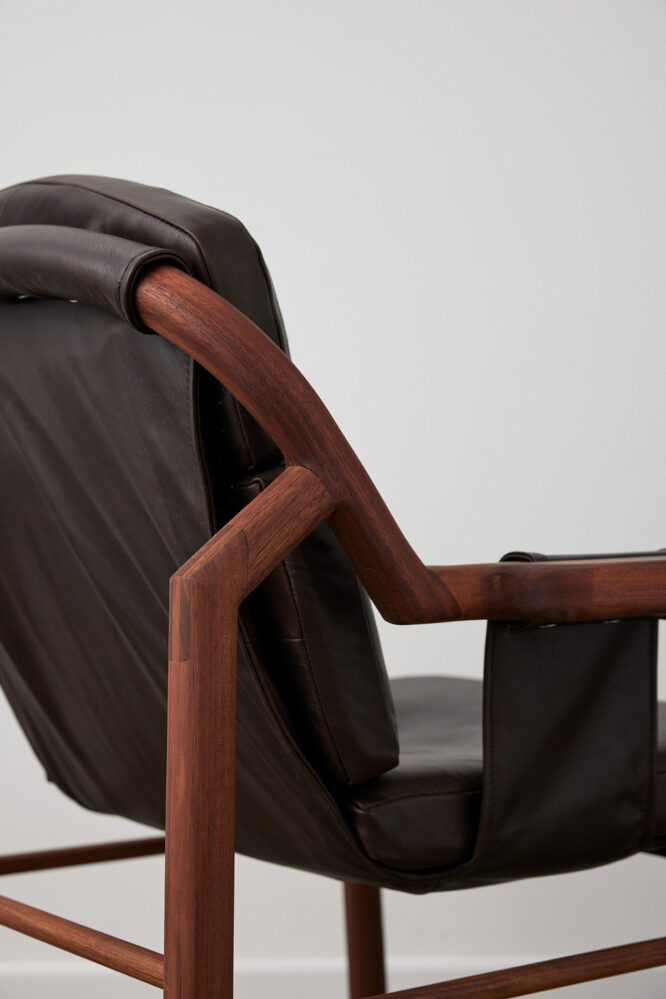

What’s currently exciting in your workshop as you develop the current collections? And if you’re open to sharing, is there anything on the horizon for JD Lee Furniture that you’re particularly looking forward to?
Yeah, I always have an idea or two percolating in the background to keep me energized. I have been slowly filling my sketch books back up but am probably a while away from releasing any new work to be honest. My last collection received some great international and local attention, the Bobby chair was one of the winners for the European Product Design Awards and the Mia Chair has been shortlisted for the Clarence Furniture Design Award and will be exhibited in Tasmania for a couple of months from September which is very exciting.
The last collection was about a year in sketching, a year in creating (squeezing in time for fabrication between paid projects) and a year in communicating – getting the chairs photographed, posting them online, sending out media releases etc. I have no shortage of ideas but I have to make sure that the energy I spend exploring them will pay off considering how much time is needed to bring them to life.
I still feel like it’s early days in my designing and making career, and even though I’m not sure what’s coming next, I am bloody excited to find out haha.
